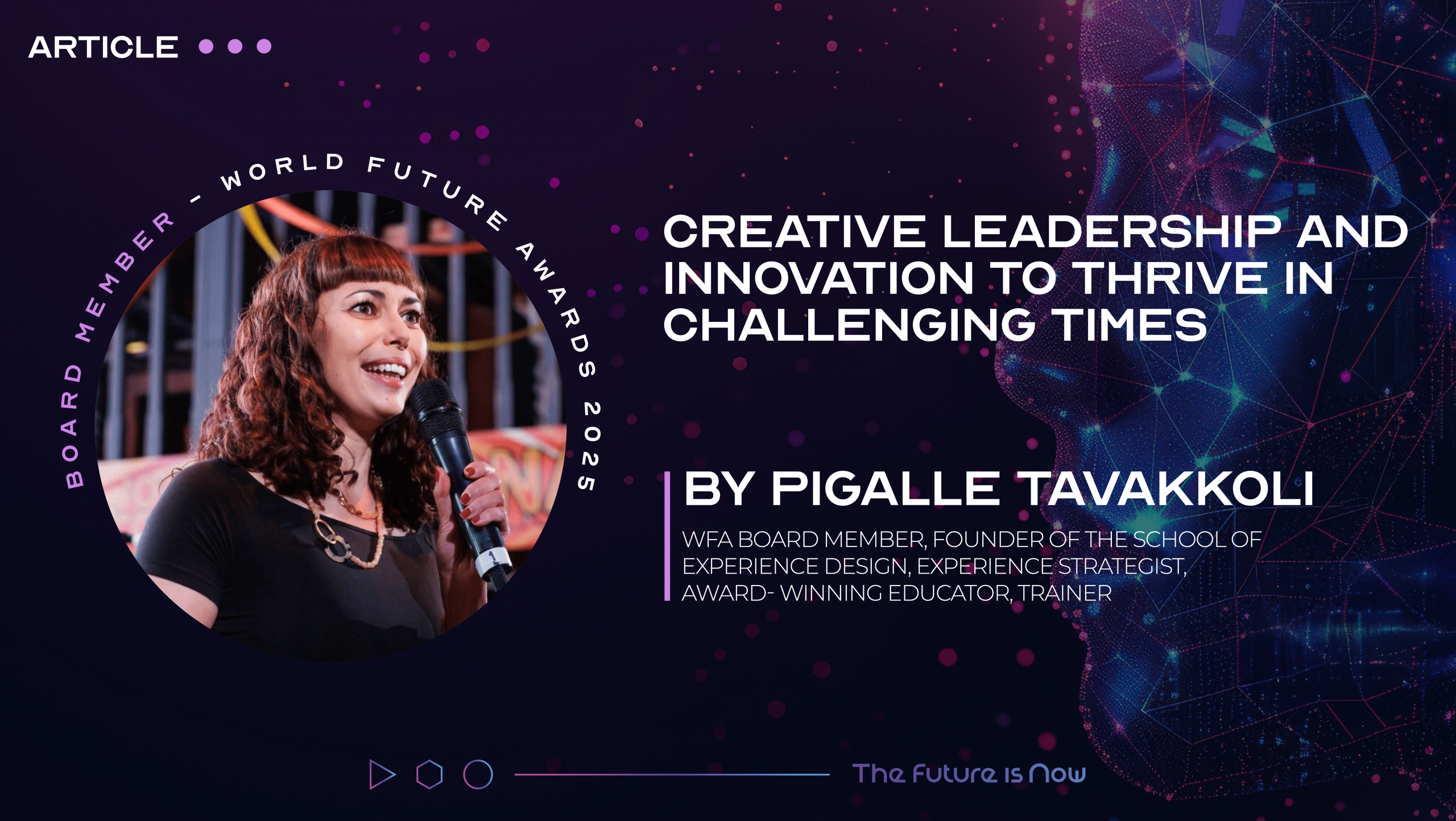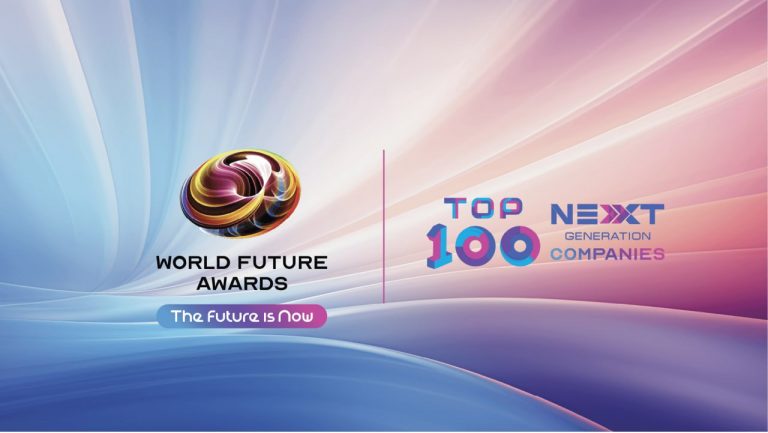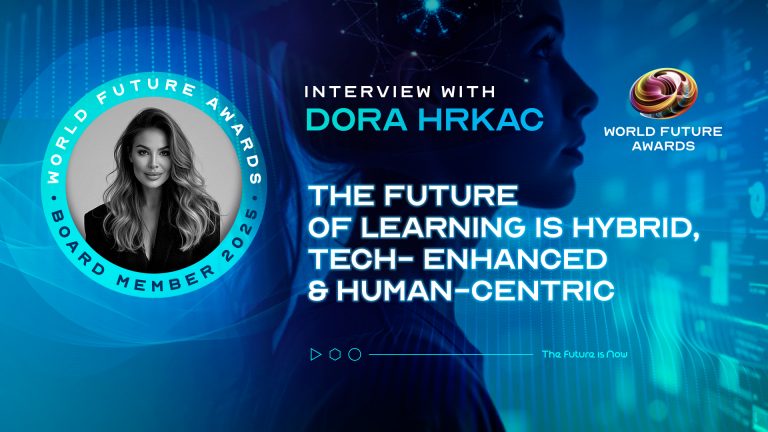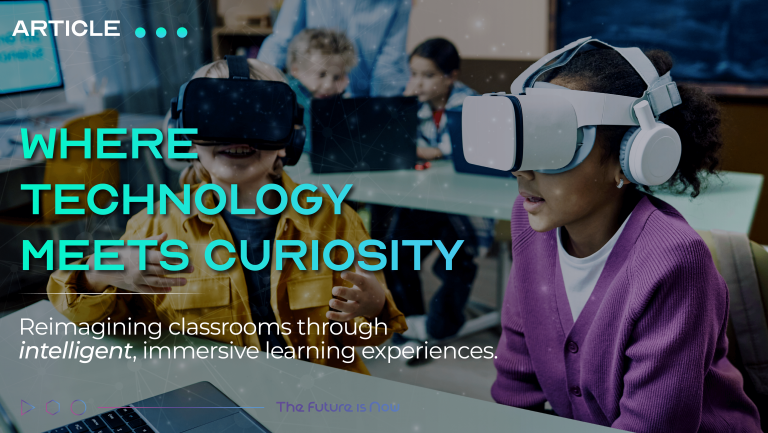
Creative Leadership and Innovation to Thrive in Challenging Times
Since Bob Dylan captured the zeitgeist of the 1960s by announcing, The Times They Are A- Changin’, his words have continued to reverberate and encapsulate the mood of our current era, as the times are a-changin’ again.
And they are changing at an exponentially faster rate. The tectonic plates beneath us are in constant motion, sending seismic tremors through the ground to shape-shift into new pathways. This leads to client and customer motivations also changing at a swift rate, with businesses and organisations needing to adapt to keep pace with their evolving needs, maintain a competitive edge, and thrive in challenging times.
Traditionally, businesses were modelled on a hierarchical pyramid structure, with systems literally set in stone to reduce complexity and uncertainty, and remain solid in place over a long period of time. This is also known as a top-down structure, with a ‘predict and control’ approach.
However, we are now in a state of flux. These are unexpected, unstable, and chaotic times, with uncertainty as the only certainty. In fast-moving disruptive times, maintaining fixed internal structures and best-selling products or services are no longer stable guarantees for years to come. The pyramid base cannot move and keep up with the shifting ground, and absorb the rumbling tremors. Instead, each growl and roar causes more and more cracks to form, undermining its foundation, leaving it vulnerable to splitting apart.
Instead, new landscapes require new business formations as flexible ecosystems, so they can respond with agility to changing clients and customer needs. Instead of merely surviving, these organisations will be primed to seize new possibilities as they emerge, lead the way, and prosper in complex times. This is known as a flattened structure, with a ‘sense and respond’ approach.
The World Economic Forum’s 2020 report on the future of jobs predicted that the automation of the workforce through robots and AI will lead to the displacement of 85 million jobs. The model of the office functioning as administrative centres will need to evolve to become creative hubs that motivate employees to participate in person, counter the disconnection and isolation of remote teams, and stem the tide on the great resignation.
These dynamic creative hubs will also require a new leadership model. In place of hard skills, emotional intelligent soft skills will be essential for high-functioning, interpersonal, multidisciplinary, cross-department teams. These leaders will facilitate teams and departments to develop courage, resilience, comfort with discomfort, and problem-solving abilities to confidently navigate competing demands. In place of brainstorms and ideation sessions taking place once or occasionally throughout the year, it will be essential to communicate, collaborate, and create on an ongoing basis. This will ensure the continuous innovation of products and services, so they remain relevant and connect meaningfully with clients and customers, for the sustainability and longevity of the organisation.
If we pick back up on Bob Dylan’s refrain, traditional rigid business structures are no longer viable in today’s fluctuating and unpredictable world. To remain relevant and resilient, organisations must evolve to sense and respond to shifting demands. This transformation calls for a radical rethink of workspaces, a new form of creative leadership, and a culture of continuous innovation for businesses to move from cycles of boom and bust, to propagate an evolving ecosystem that blooms and flourishes.
By Pigalle Tavakkoli, founder of the School of Experience Design, experience strategist, award-winning educator, trainer, and author of The Experience Design Building Blocks.
www.linkedin.com/in/pigalletavakkoli/ www.SchoolofExperienceDesign.net www.youtube.com/@SchoolofExperienceDesign
MORE NEWS

BitFuFu Named Among World Future Awards’ TOP 100 Next Generation Companies

Next Generation Companies 2025

The Future of Learning is Hybrid, Tech-Enhanced & Human-Centric – Interview with Dora Hrkac, WFA Board Member

Connected Futures: The Rise of Smart Homes

Driving Global Change Through Marketing Intelligence: An Interview with Tonia Maneta of Bizzdesign

Beyond Borders: The New Era of Remote Learning and Global Education Access

Reimagining the Classroom: How EdTech Innovators Are Building the Future of Learning
NEWSLETTER
Sign up to learn more about our project and to stay up to date.

